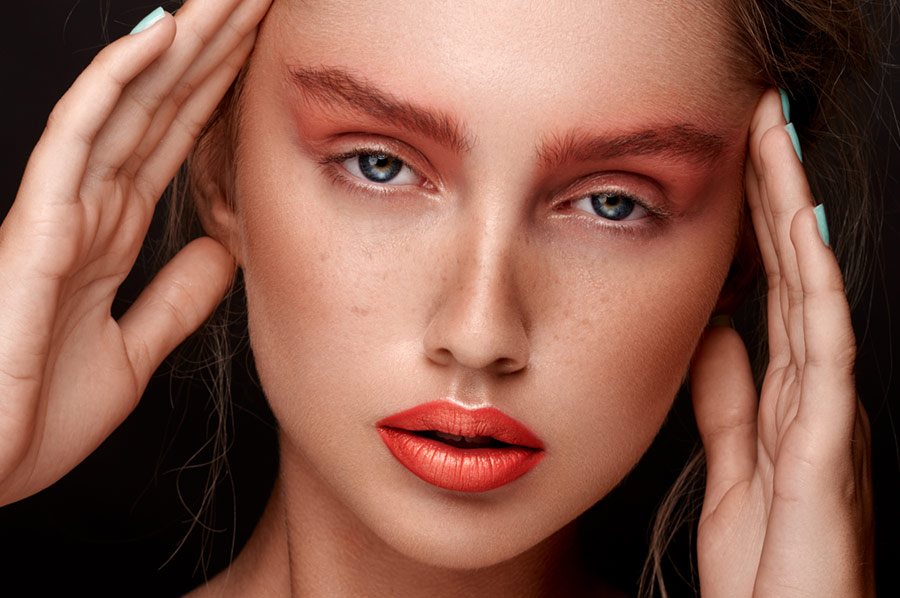
- #Beauty and portrait retouching trial
- #Beauty and portrait retouching iso
- #Beauty and portrait retouching professional
By having a separate background light we can eliminate shadows and set up our main light in a more typical clamshell configuration with a beauty dish more or less centred on our subject and a reflector at chest height. It requires only two lights and will produce a much better and more controlled result than the previous option. The above configuration is what you really want to aim for as a starting point.

Use a white or bright background so that it can pick up as much light as possible given that you’re working without a dedicated background light. You could of course also take an incident light reading using a light meter if you have one. Power is easy to set since your shutter speed and aperture are largely pre-decided, so it’s simply a matter of selecting a mid-level power setting on your strobe and adjusting up or down until the proper exposure is achieved. If you have a small Octa then this can work as well if you pull the front diffusion material off and put a reflector pan inside it. Typically I will use a 17″ beauty dish but in a single light configuration you’ll be better off with a large 24″ version to help spread the light a bit and also give you a softer light. The main light as is common in beauty photography is a beauty dish, with or without a diffusion sock over it. It will result in a bit of shadowing on the face but that can largely be mitigated by strategically positioning your reflector (or reflectors). The above configuration is far from ideal as it relies on placing your subject close to the background and using the main light as a background fill.
#Beauty and portrait retouching professional
We’ll begin with a one light approach which serves as a good starting point if you don’t happen to have 6 strobes lying around, but you’ll ideally want 2-3 strobes to achieve a good and professional look. There are a myriad of lighting configurations with the most basic being one light, all the way to a complex six strobe setup. Lighting for beauty photography follows that of standard portraiture but you’ll typically (not always) be going for a fairly bright, high key and relatively shadowless look. Pretty much any modern DSLR will perform great so there’s probably no need to rent a Hasselblad H5D with a 60mp back.

#Beauty and portrait retouching trial
With those settings largely fixed, all that’s left is to adjust your strobes to the correct ratios to achieve the right exposure and effect, which you can do with trial and error, or a light meter. Shutter speed will be in or around your flash sync speed of 1/160th to 1/250th so you can pretty much set it and forget it.
#Beauty and portrait retouching iso
ISO will always be at the lowest native setting and a small aperture (f/11, f/16) is typically used to get a wide depth of field and reveal lots of detail. If you’re just getting started then a run of the mill 70-300 lens will work just fine given the apertures we’ll be working at. You’ll want to use a focal length in the range of 100-200mm (a 70-200mm f2.8 is usually a good choice) to achieve a flattering facial compression, or a macro lens if shooting facial details. In this part we’ll be focused more on concrete techniques such as common lighting configurations, camera settings and briefly discuss some important retouching techniques and steps.Īs far as camera settings go it’s pretty simple. In part 1 of this two part post on beauty photography we covered the details of organizing and budgeting for shoot day.


 0 kommentar(er)
0 kommentar(er)
